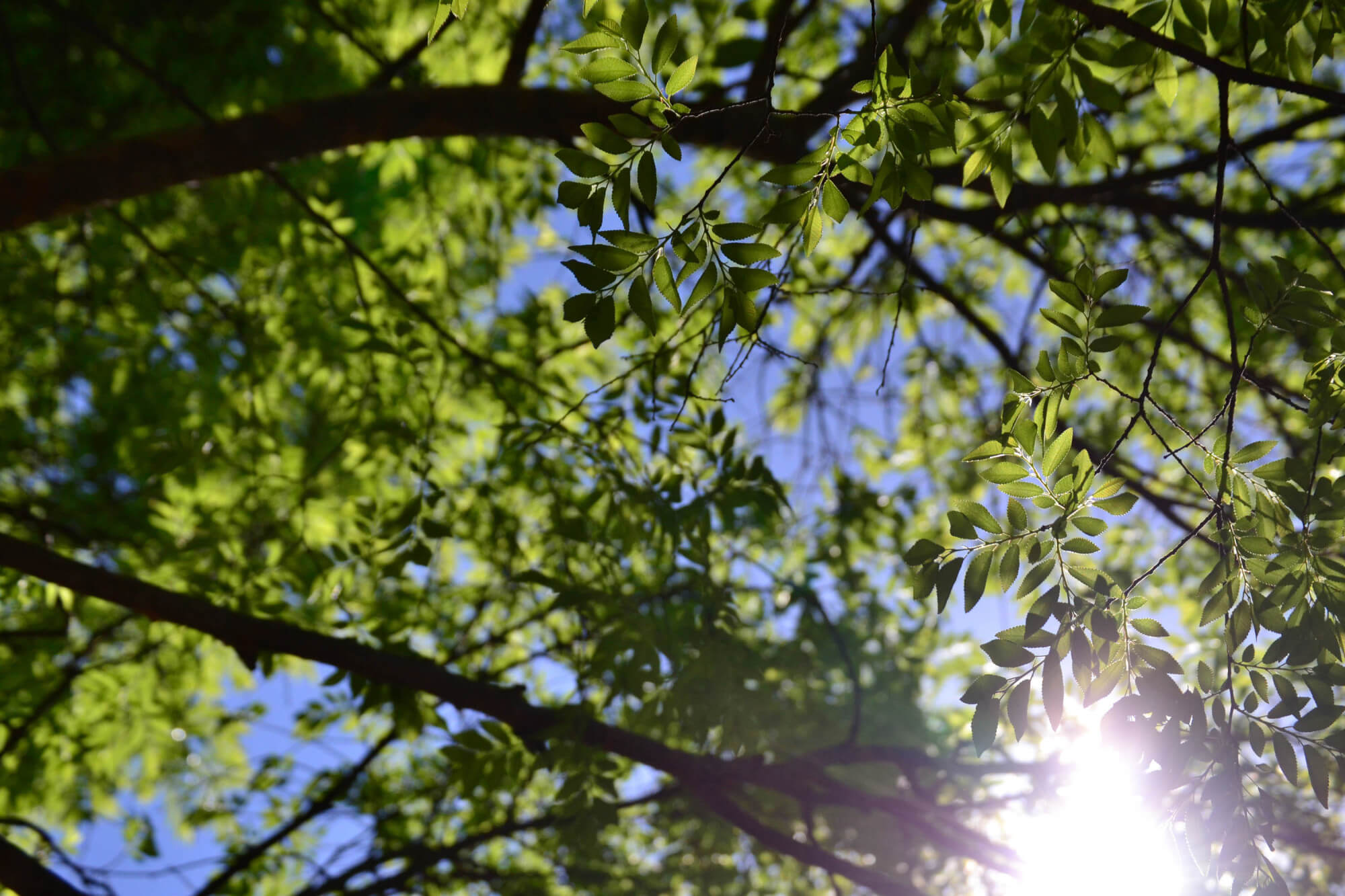Fertilization & Soil Management

Tree & Shrub Fertilization
Healthy trees and shrubs are much less likely to be damaged by insects and diseases. Many opportunistic pests are attracted to stressed plants. By keeping them healthy and vigorous, we enable them to naturally resist many damaging pests.
“Why do I need to fertilize my trees? Nobody fertilizes trees in the forest and they do fine!”
Trees in the forest get their nutrients from the nutrient-rich light and fluffy forest soil. The nutrients in forest soil are replaced on a yearly basis when the trees drop their leaves and they decompose. Unfortunately for trees in an urban environment, most people ‘clean up’ the leaves from the lawn before they have a chance to decompose and replenish the nutrients in the soil. That is where fertilization comes in. Fast growing shrubs tend to use a lot of nutrients as they grow, depleting the soil. We prune them back and take away the clippings that would normally decompose and release nutrients. Young trees can be fertilized to help promote growth, while mature trees can be fertilized to help overcome the symptoms of environmental stress or the loss of limbs and leaf-mass due to storm-damage.
Recently planted young trees and mature shade trees that are especially stressed will benefit from the addition of beneficial mycorrhizae spores. Mycorrhizae are fungi that form a symbiotic relationship with the root systems of trees and shrubs. Its name translates to ‘fungus root’, myco=fungus, rhizae=root. It grows in a root-like structure that actually transports water and nutrients to the tree. The addition of beneficial mycorrhizae is about as close as we can come to being able to add roots on to a tree. We have seen some amazing results on stressed trees that have been treated with fertilizer and mycorrhizae. When we add in our organic amendments, we are building a good healthy soil and promoting great health for the trees.
Beneficial Mycorrhizae
Mycorrhizae are beneficial fungi that form a symbiotic relationship with the roots of plants. When most people think about fungi, they think of disease. While many fungi are disease-causing pathogens, there are many fungi that are actually beneficial. Mycorrhizae are fungi that fall into the beneficial category. Most plants have some association with mycorrhizae in the natural environment.
When a plant’s roots come into contact with mycorrhizae spores, the mycorrhizae begin to attach to and grow into the root. The mycorrhizae are able to live off the sugars produced by photosynthesis. In exchange, the mycorrhizae grow in a root-like structure and is actually capable of acting as such, transporting water and nutrients to the root. In other words, it is almost like being able to add roots on to a tree or shrub. The mycorrhizae enable the plant to increase nutrient and water uptake by effectively increasing the root-mass.
Beneficial mycorrhizae have also been shown to boost a plant’s immune system, making them more resistant to soil-borne pathogens. Additionally, mycorrhizae help to keep parasitic nematodes out. Plants with well established mycorrhizal fungi associations are better able to survive droughts and transplant shock.
Common uses for mycorrhizae include mature trees that we want to keep healthy but not promote vegetative growth, recent transplants, stressed trees and shrubs, and trees with known root problems.
The urban environment is a tough place to grow a tree. Compaction, lack of nutrients, lawn fungicides, and root rot fungi are just a few of the enemies that your trees and shrubs are fighting. Inoculation of the root system with beneficial mycorrhizae can help give your trees a better fighting chance for survival.
If your trees are not looking well or if you just have questions about trees, call the experts at Peters Todd’s. We can help establish a comprehensive health plan for your trees and shrubs.
Soil Nutrient Analysis
Standard fertilizer is fine for maintaining basic nutrient levels. Unfortunately, sometimes the soil is deficient in specific nutrients or micro-nutrients that the plant requires for optimal growth. Or, there may be plenty of nutrients in the soil, but the plant can’t access them because they are chemically bound to the soil when the pH is off. A laboratory soil nutrient analysis can give us a clear and accurate view of the actual pH and nutrient availability. With these results, we can make recommendations for a custom fertilizer blend based on your plants actual conditions and needs.